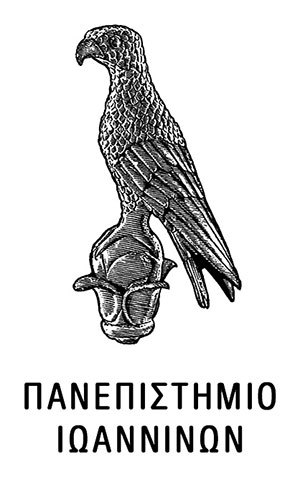In an effort to explore the way in which the chemical subunits of crystal structures of transition metal complexes are put together in periodic ordered arrays in the solid state via noncovalent interactions, an investigation on a series of 13 nickel(II) complexes has been carried out. The complexes were isolated from the general Ni-II/X-/L or HL' [X- = Cl-, Br-, I-, NO3-, NO2-, ClO4-; L = 1-methyl-4,5-diphenylimidazole, and HL' = 4,5-diphenylimidazole] reaction system. A single-crystal diffraction analysis shows that, independently of the ligand used, most of the complexes contain the rigid square planar [NiL4](2+) (1-5) or [Ni(HL')(4)](2+) (6-10) cation, which seems to have an impact on the self-assembly process by adopting a structure-directing role: the supramolecular assembly is organized around the rigid bulky cations via interactions with the surrounding counterion/solvent clusters in each individual structure. The components of the clusters, i.e. OH-/H2O (1), [NiCl4](2-)/EtOH (2), Br-/H2O (3), NO3-/MeOH (4), ClO4-/Me2CO (5), Cl-/H2O (6), Br-/MeCN (7), I-/Me2CO/H2O (8), NO3-/EtOH/H2O (9), and ClO4-/Me2CO (10), are held tightly together by strong or weak hydrogen bonding. The structure-directing action of the cations is accomplished via weak C-H center dot center dot center dot O/Cl/Br-, pi center dot center dot center dot pi and C-H center dot center dot center dot pi interactions (for L-containing complexes) or strong recurring N-H center dot center dot center dot/Cl-/Br-/I-/O motifs dominating the molecular self-assembly together with weak interactions (for HL'-containing complexes). The variety of the stereochemistries observed among the studied compounds (square planar, 1-10; tetrahedral, 11 and 12; octahedral, 13) seems to advocate the choice of nickel as an interesting candidate in metallosupramolecular research.
(EN)

